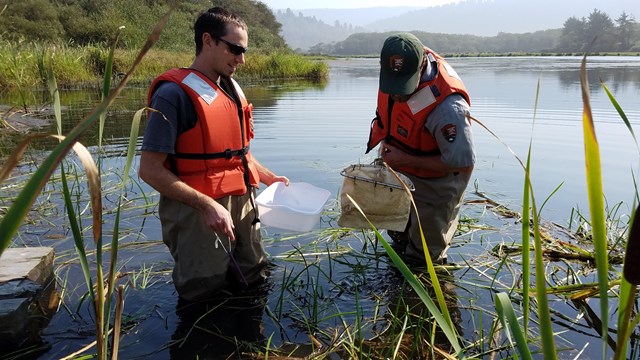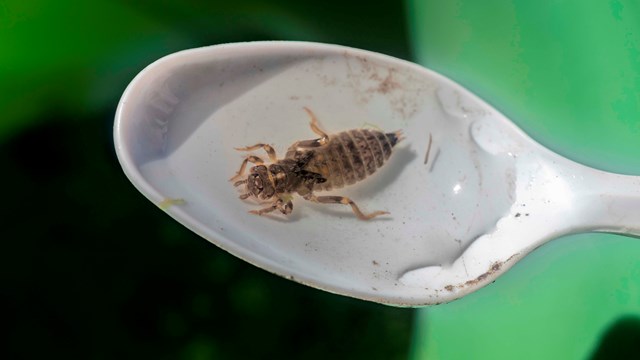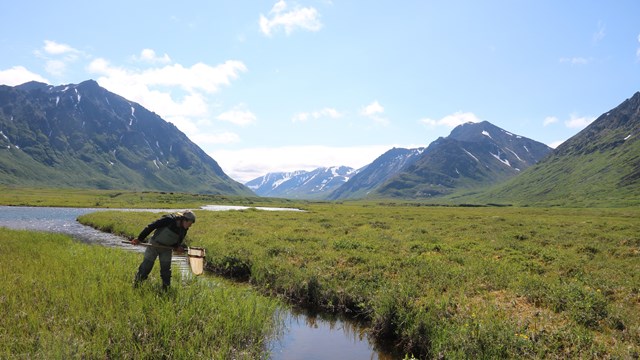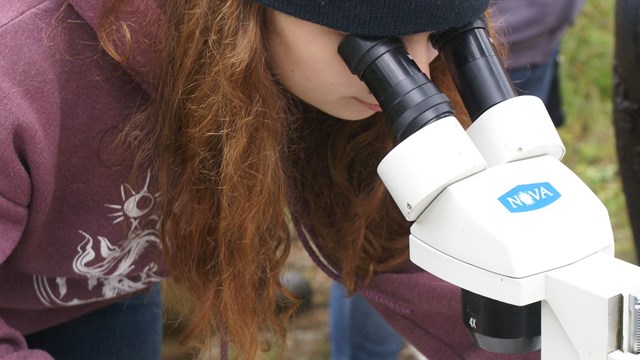Last updated: April 29, 2025
Article
Dragonfly Mercury Data
The Dragonfly Mercury Project (DMP) is the largest assessment of mercury contamination and environmental risk in the United States. DMP data are useful to many different people, from resource managers and policy makers to teachers, students, and citizen scientists. Data on dragonfly mercury concentrations help policy makers and resource managers make decisions to protect human and wildlife health. The scientific data also inspire students and teachers to ask questions, test hypotheses, and look for answers.
DMP data are publicly available – we encourage students, researchers, or anyone who is interested to dive in and investigate!
Explore the results: How is mercury affecting parks near you?

Where have we sampled, and what do the data show us?

How are the data different in various habitats, dragonfly families, and more?

Find your park! What is the dragonfly mercury story there?

Can I use the data to test my own hypothesis?
What are the key findings?
- Dragonfly larvae are an effective biomonitoring tool.
- Mercury levels can be very different in nearby locations. This may mean that things like elevation or vegetation have an important influence on mercury risk in parks.
- Most sample sites are in the moderate to low-risk category, but 12% of sites are at high or severe risk for mercury, potentially causing harm to fish, wildlife, and people who eat those fish and wildlife (Eagles-Smith et al. 2020).
- Differences in dragonfly mercury concentrations among sampling events are small and varied among sites. This suggests that the timing of sampling at a particular site is not likely to impact trends in dragonfly mercury data (Willacker et al. 2023).
- Continuing to sample and study mercury in dragonfly larvae could help researchers predict potential risk to other animals and determine how well efforts in the U.S. and globally are working to reduce mercury emissions.
- The mercury delivery pathways vary by ecosystem. In dry regions, mercury is mostly deposited through rain and snow. In wet, forested areas, gaseous mercury sticks to leaves, which fall and carry the toxin into the ground (Janssen et al. 2024).
-
Local context matters – environmental factors like acidity, land cover, and soil can affect methylmercury production and bioaccumulation (Kotalik et al. 2025).
References: Eagles-Smith et al. 2020; Willacker et al. 2023; Janssen et al. 2024; Kotalik et al. 2025. Other key publications are available via the NPS DataStore.
